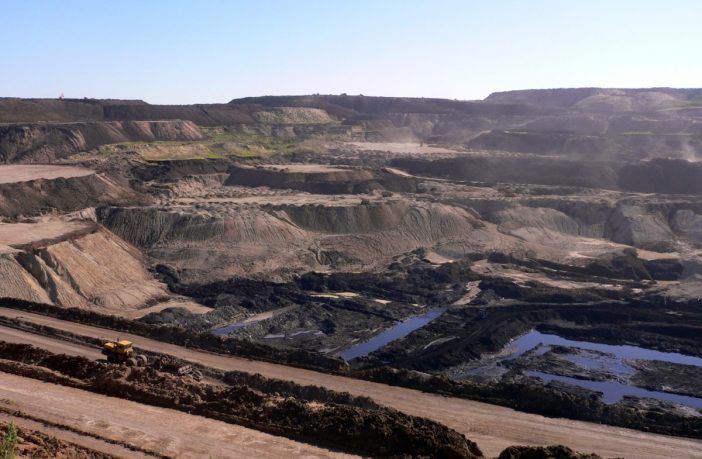- Researchers from the Chongqing University in China and Chinese investments firm Shaanxi Investment Group Co., Ltd have proposed to use abandoned coal mine goaves as upper and underground water reservoirs for pumped hydro storage (PHS) facilities in combination with large-scale solar and wind facilities.
“During extraction of mineral resources from underground deposits, shafts and extensive galleries are excavated,” the academics explained. “These underground voids are usually left to be flooded, but often perpetual costs related to pumping to keep a safe water level or water treatment have to be maintained, becoming long-term liabilities.”
Currently, according to their analysis, there are 3,868 closed coal mines in China that could eventually be considered for this repurposing concept. In order to assess if these sites are suitable for pumped-hydro storage, three main aspects should be considered: storable volume; usable volume; and fluid exchange. Once these values are determined, the performance of a goaf pumped-hydro storage facility should also be evaluated by considering meteorological data such as solar radiation and wind speed.
A pumped-hydro facility built on these sites should consist of an upper reservoir or a surface reservoir and a lower reservoir located at the underground mine goaves. The ideal altitude difference between the upper and lower reservoir is indicated at around 100m.
The system would rely on conventional components such as reversible hydraulic pumps, turbines, and penstocks, and it would be operated in combination with conventional utility-scale wind and solar power plants. “When the electricity generated by wind and solar power cannot satisfy the demand, the stored water will be released to produce electricity and fill the demand gap,” the Chinese group explained. “The penstocks, surge tank, and a variety of connecting tunnels/rooms provide ancillary services for the system’s smooth operation.”
The scientists emphasized that the storage capacity of a similar scheme would depend not only on the goaf volume but also on the interspace between the fractured rock blocks that pile up within the goaf itself after mining activities are abandoned. “During charging and discharging, water and air would exchange, and the permeability within the goaf determines whether the water or air can flow in and out smoothly or not,” they said, noting that the flow velocity of water and air within the reservoir is determined by pressure gradient and permeability.
“To ensure sufficient outputs of turbine and pumps, the maximum water flow should be guaranteed,” they added. “As the permeability decreases, the saturation line tends to decline during injection and rise during releasing, implying a less water volume injected during filling and released during draining the reservoir, and hence a smaller usable capacity of the goaf reservoirs.” The system design also includes the construction of ventilation shafts at 2 m above the maximum water level in the reservoir for air smooth exchange during water pumping and injecting.
A simulation conducted with this model showed a pumped-hydro facility built in a depleted coal mine may ensure an average system efficiency of 82.8% during a year. The regulated energy per volume (REPV) is estimated at 2.82 kW·h/m3.
The researchers concluded that using abandoned coal mine goaves for pumped hydro facilities is technically feasible; however, they warned that locations with low pH value should be avoided, as acid goaf water could corrode the plant components, and release metal ions, or heavy metals, thus damaging the underground structures and polluting the surrounding water bodies. “Necessary purification treatments are very important to the water safety,” they said.
The system design is described in the study Underground Hydro-Pumped Energy Storage Using Coal Mine Goafs: System Performance Analysis and a Case Study for China, which was recently published in Frontiers in Earth Science.
Author: Emiliano Bellini
This article was originally published in pv magazine and is republished with permission.















